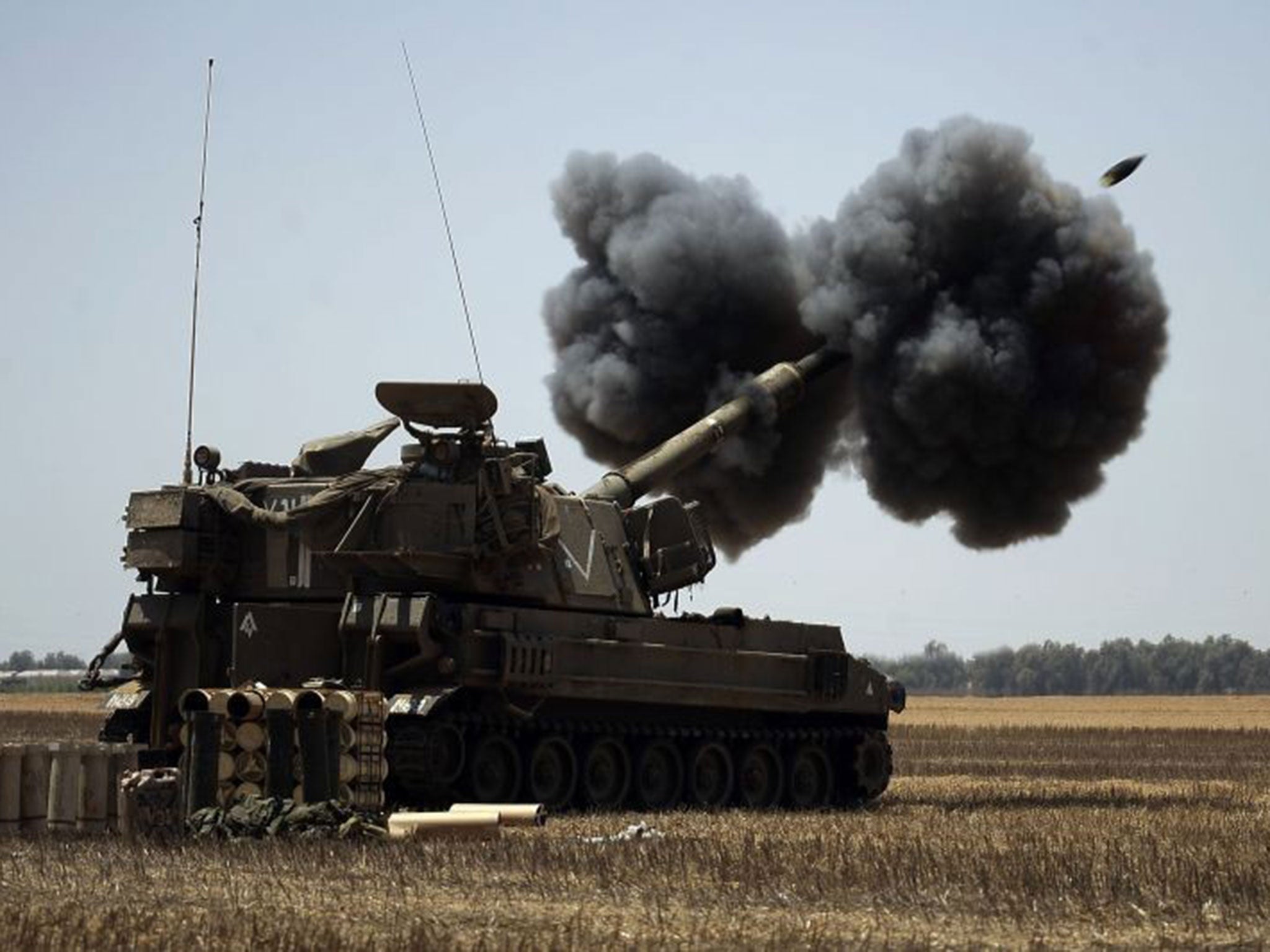The Only Way is Ethics: In Gaza, each word must be used with pinpoint accuracy
The use of the word ‘airstrike’ was not an editorial plot to blame Israel


Your support helps us to tell the story
From reproductive rights to climate change to Big Tech, The Independent is on the ground when the story is developing. Whether it's investigating the financials of Elon Musk's pro-Trump PAC or producing our latest documentary, 'The A Word', which shines a light on the American women fighting for reproductive rights, we know how important it is to parse out the facts from the messaging.
At such a critical moment in US history, we need reporters on the ground. Your donation allows us to keep sending journalists to speak to both sides of the story.
The Independent is trusted by Americans across the entire political spectrum. And unlike many other quality news outlets, we choose not to lock Americans out of our reporting and analysis with paywalls. We believe quality journalism should be available to everyone, paid for by those who can afford it.
Your support makes all the difference.When an explosive device falls out of the sky and blows up on the ground can that process reasonably be referred to as an “airstrike”?
At face value, the answer might be yes. For those on the ground, it would presumably be a logical way to describe what they had been subjected to.
But for many people reading about the incident, the term will carry an implication that the munition was dispatched from an aircraft. This is particularly important in the context of the current conflict in Israel and Gaza because only one side – Israel – has an air force.
As such, a headline on our website last week seemed unequivocal about who was at fault for hits on Gaza’s main hospital and a nearby park: “10 Palestinian children killed and 46 injured in airstrike”.
Yet in the immediate aftermath each side blamed the other for the atrocity. Hamas said the Israeli air force was responsible; Israel suggested that Hamas rockets, fired from the ground, had fallen short of their intended target. Indeed, the article set out both versions of events and did not reach a conclusion on which was correct.
The fact that “airstrike” ended up in the headline was not the consequence of an editorial plot to blame Israel. It simply reflected a misunderstanding about precisely how the term was likely to be interpreted. Nonetheless, the mistake highlighted the vital importance of getting terminology right when he stakes are so high. Needless to say, the headline was duly changed.
Some readers were also unhappy at a headline on Saturday which referred to the reported seizure of an Israeli soldier as a “kidnap”. The suggestion by one that we had used the term to parrot Israeli propaganda was wide of the mark. And given the history of Hamas seeking ransoms for the return of military personnel, it did not seem an irrational description. That having been said, the more neutral “capture” might have been preferable – especially when details of what had happened remained sketchy.
Cartoonists have free rein
A Dave Brown cartoon last month aroused the ire of several complainants. It was a particularly hard-hitting piece of political commentary and its message about Israel’s action in the Gaza strip – “An eye for a tooth… a hand for an eye… a life for a hand… a people for a life” – proved to be divisive. I noted at the time that a high proportion of those who complained about it were based abroad and might not be tuned into the British tradition of satirical cartoons.
One individual took his concerns to the Press Complaints Commission (PCC), arguing that the item amounted to a distorted depiction of the actual situation in Gaza. The PCC last week rejected the complaint and emphasised the right of cartoonists to use their craft as a means of commenting on current affairs.
In its decision the Commission recognised that cartoons are “a long-standing means of presenting satirical responses to international events and [are] not generally intended to be interpreted as… impartial reports on a given situation”. It also highlighted the fact that newspapers and journalists are “entitled to be partisan and to take an editorial position on matters of legitimate debate”.
There will always be those who say newspapers should be impartial. But some who complain to me about what they describe as a lack of balance in our coverage are themselves seeking to pursue an agenda. “Balance”, as they espouse it, is itself a kind of artifice designed to mislead by giving equal weight to unequal arguments.